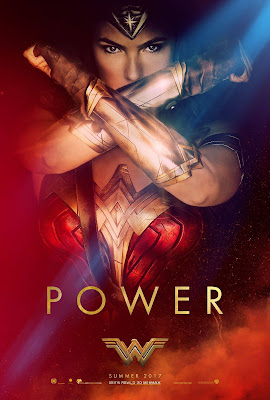In his five feature films, writer and director Edgar Wright
has played in the sandbox of many genres; horror, cops and robbers, love
stories, and sci-fi…all while finding time to pay homage to the films which
inspired him and rooting for the little guy. His latest, BABY DRIVER, is an old
fashioned heist film packed with the familiar tropes that saw a lot of action
in 1970’s cinema, but injected with Wright’s unique style.
Baby (Ansel Elgort), is a young and talented getaway driver
who is reluctantly working for a kingpin named Doc (Kevin Spacey) and his
rotating crew of bank-robbing criminals (Jon Hamm, Jamie Foxx, Jon Bernthal, Eiza
Gonzalez, and Flea). Baby meets and falls in love with Debora (Lily James), and
as the two plan on starting a future together, Doc pulls Baby back in for one
last job…
BABY DRIVER is a heist film which has all the familiar
pieces and parts; a good guy who is stuck playing bad who wants to get out, a
big bad guy who won’t let him, scummy criminals who are mean to the good guy,
thrilling car chases, wild gun battles, all topped off with a boy-meets-girl
element. It’s basic stuff, but Edgar Wright has no interest in retreading old
ground and puts in enough new to make BABY DRIVER a unique ride. For starters,
Baby (that’s his nickname), constantly listens to music via iPods to drown out
a buzzing sensation in his ears, and he uses music to his advantage; literally
timing his getaway driving to every beat. It’s a new and refreshing element in
an old background, and truly gives the film its own identity.
The film is always seen through Baby’s perspective; even
going as far as sticking with him in the waiting getaway car while the
robberies are going on, unseen by the audience. When the car-chasing begins
Baby’s iPod gets turned way up, and we are treated to a blast of wonderfully
chosen tunes ranging from artists such as Queen, Blur, Jon Spencer Blues
Explosion, Beach Boys, T. Rex, Barry White, and The Commodores…to name a few.
The action beats are timed amazingly well with the songs, giving BABY DRIVER an
incredible sense of energy. The music is nearly constant, and the film feels
like an old-fashioned musical only the actors don’t break out into song. The
last 45 minutes are absolutely relentless
with the music, gunfights, and car wrecks…almost to the point of being
obnoxious, and it’s easy to feel exhausted by the time the credits roll. The
practical stunts and setpieces with the many car chases and crashes are a thrill, and use no CGI which is a rare treat.
If Wright told his cast to have fun with the material, then
it really shows. Ansel Elgort dominates the film, and goes from brooding to
charming in a blink. His chemistry with Lily James is quite wonderful, and we
can’t help but to wish the on-screen couple success. Kevin Spacey is his normal
excellent self, and his rotating crew of baddies; Jamie Foxx, Jon Hamm, Jon
Bernthal, Eiza Gonzalez, and Flea…come off as despicable bullies and it’s easy
to hate them.
The finale goes for an emotional gut-punch, and it lands
pretty well, and it’s a quieter ending which eases us into the credits after
the visual and sonic assault of the third act. Wright has crafted something new
here while keeping faithful to classic cinema, and that is the best kind of
filmmaking that we could hope for today.
BOTTOM LINE: See it














